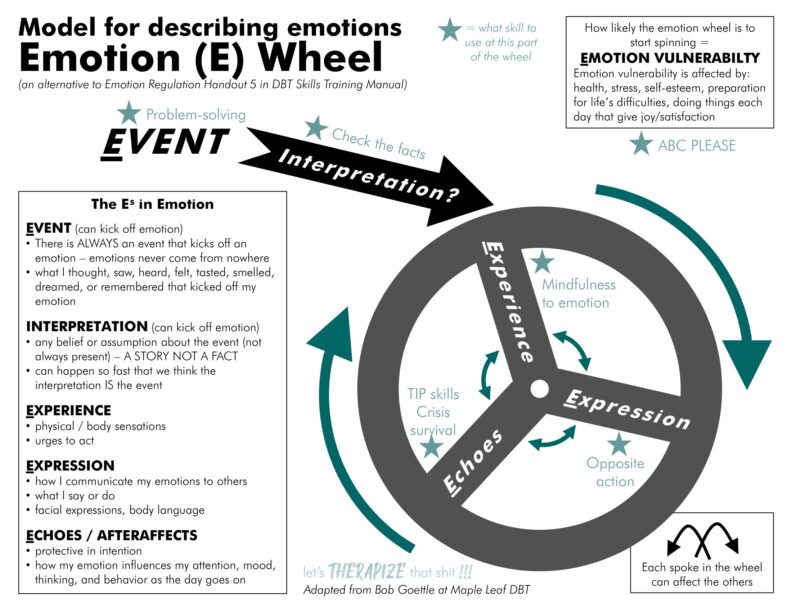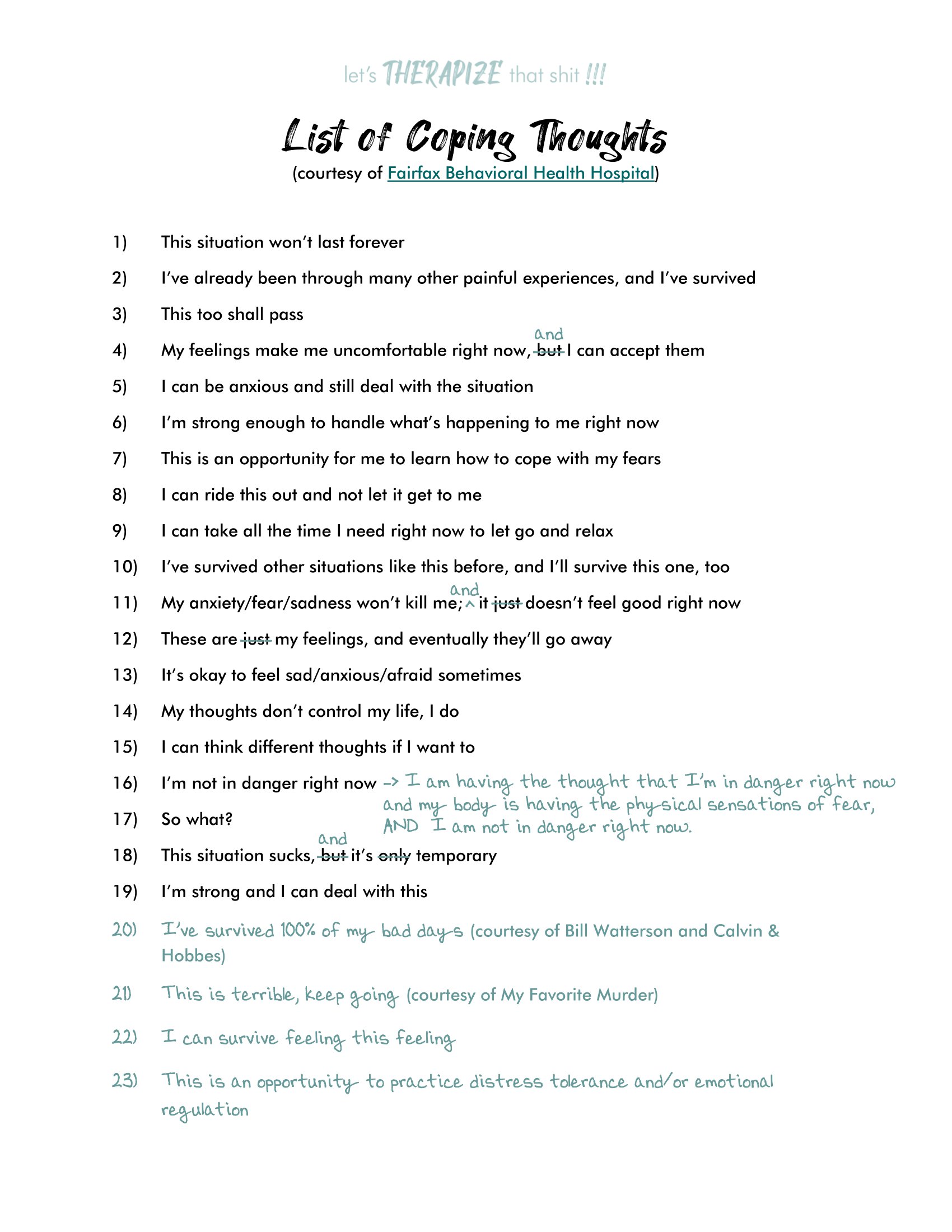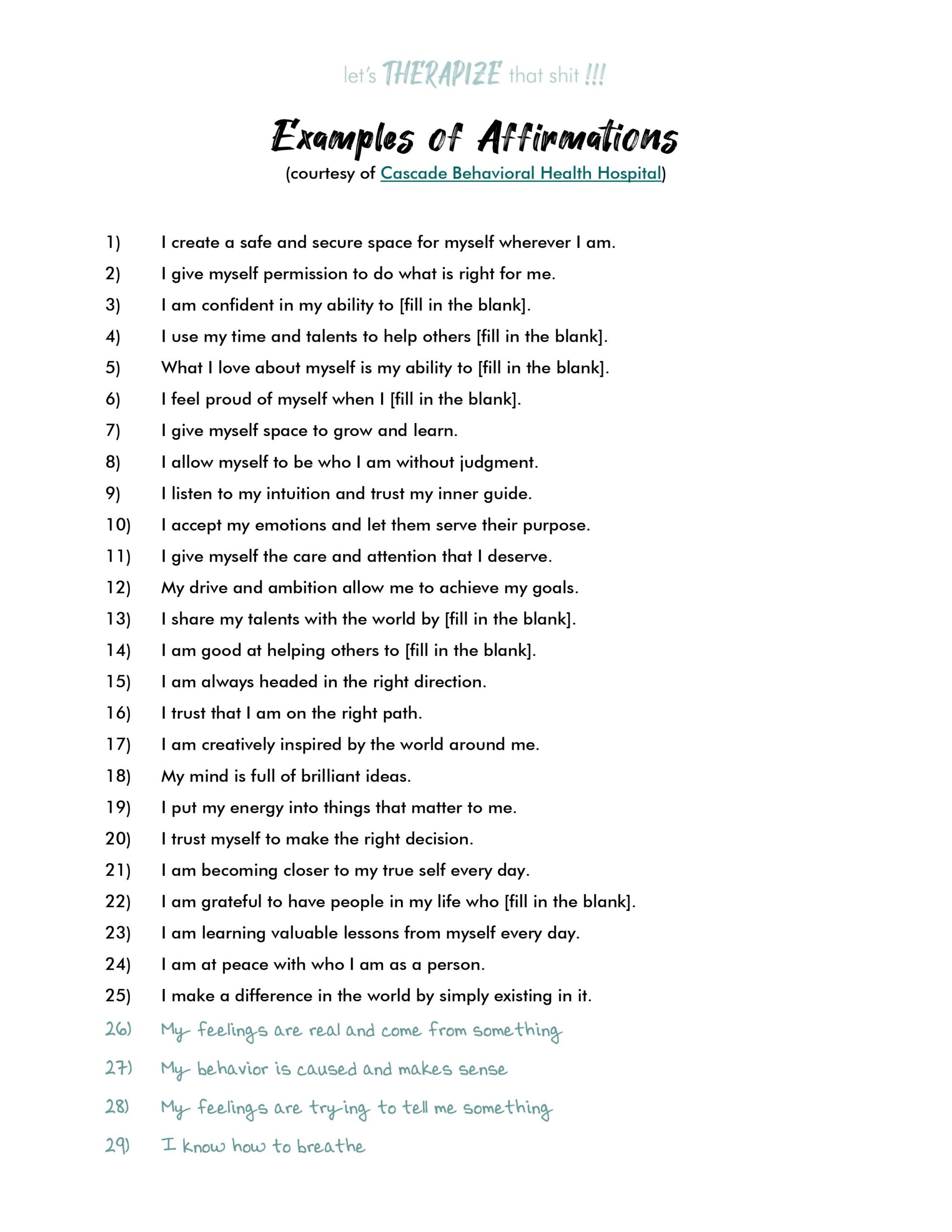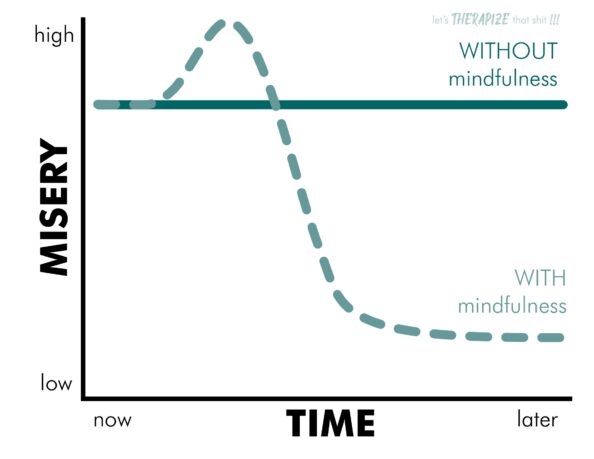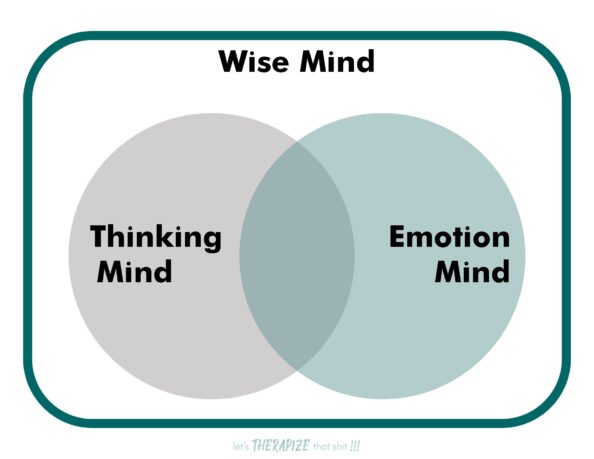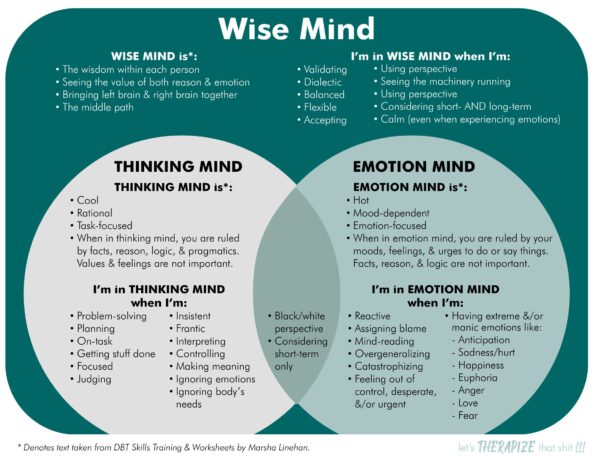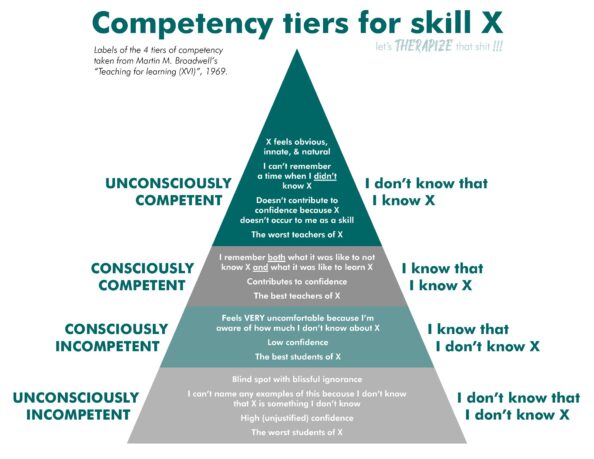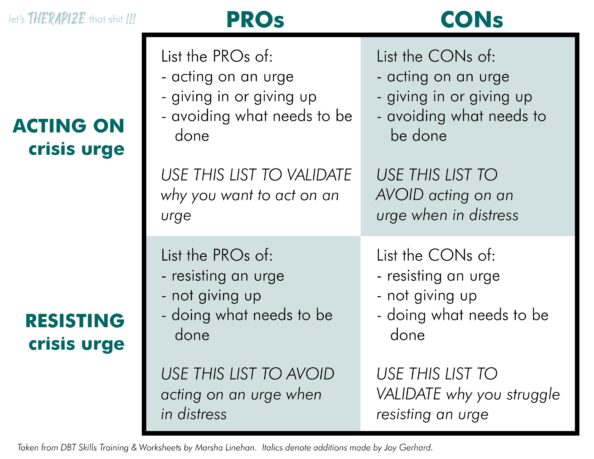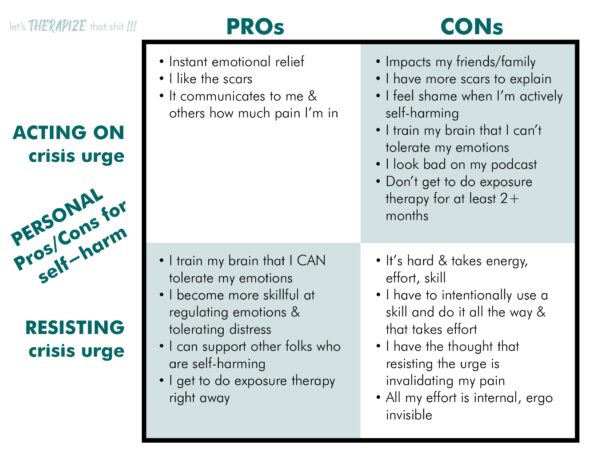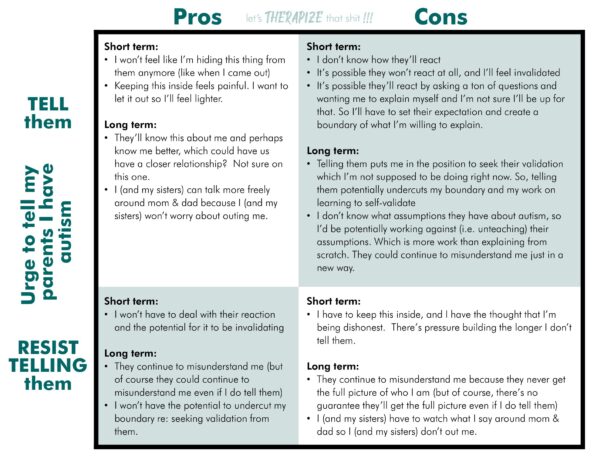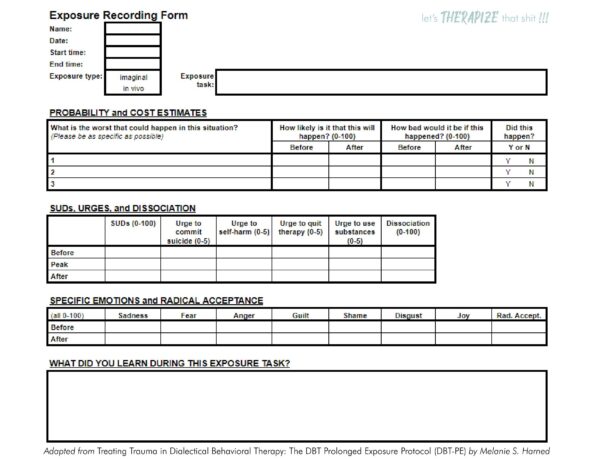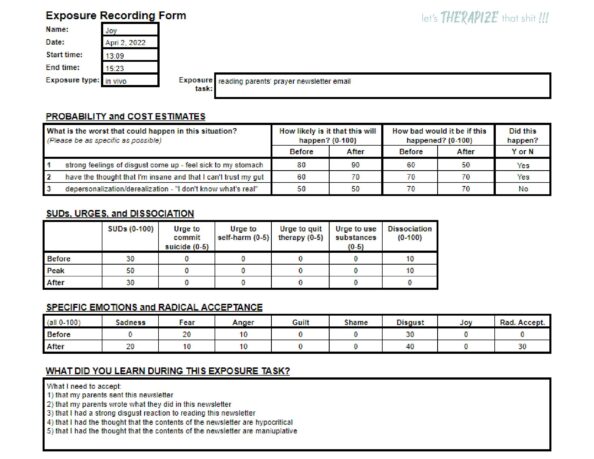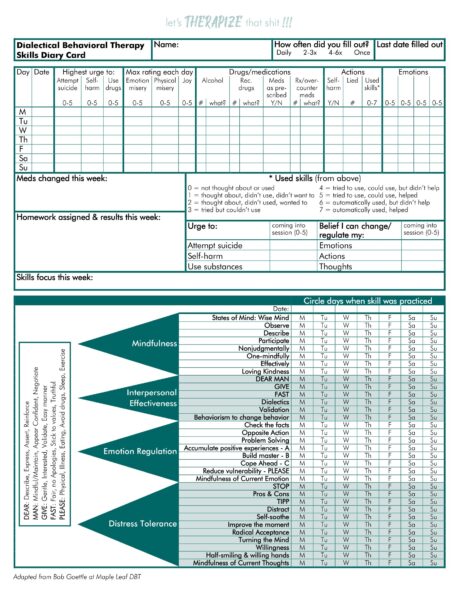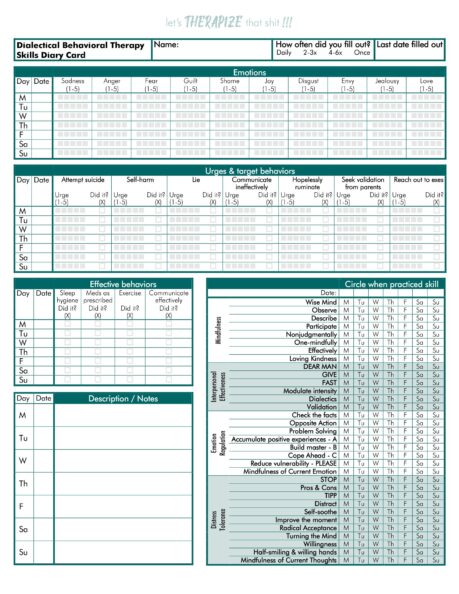Finding a therapist
Organize your search
Therapist directories
Psychology Today – under “find a therapist” in the menu, you’ll find an index of all types of therapists with filters for location, types of therapy, specialty, ethnicity, sexuality, faith, and more
DBT-Linehan Board of Certification – index of DBT certified therapists and clinicians
Behavioral Tech – index of DBT certified therapists
University of Washington Behavioral Research & Therapy Clinics – DBT resource list specific to Seattle & King County, Washington
University of Washington Behavioral Research & Therapy Clinics – links to additional resources
Books & other references
DBT references
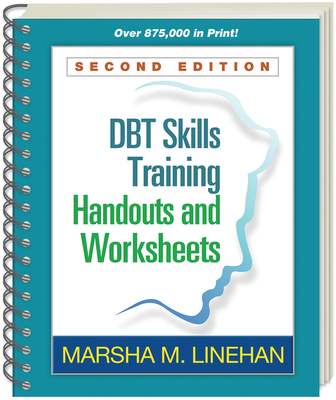
DBT Skills Training Handouts and Worksheets by Marsha Linehan
The DBT OG. All the handouts and worksheets referenced in the podcast.
Helpful books
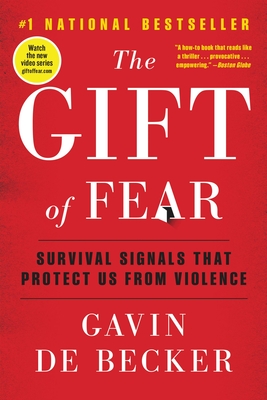
The Gift of Fear: Survival Signs that Protect Us From Violence by Gavin DeBecker
Wanna stop judging your anxiety? This book does a great job of explaining how our fear is trying to help us AND how to not let it run your life. Buy it from a Black-owned book store!
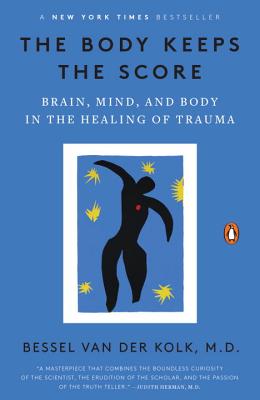
The Body Keeps the Score: Brain, Mind, and Body in the Healing of Trauma by Bessel van der Kolk, M.D.
A deep dive into the effects of trauma and PTSD on the body. Reading this book was the first time I actually understood the chaos that was happening in my body. Note: both this author and the way he presents information have been found to be extremely problematic and triggering (so I’m not going to link to it). Read with a grain of salt. Better yet, check out other books by women and/or Black, Indigenous, and other people of color, including:
- The Politics of Trauma: Somatics, Healing, and Social Justice by Staci Haines
- Trauma and Recovery: The Aftermath of Violence – from Domestic Abuse to Political Terror by Judith Lewis Herman, MD
- Decolonizing Trauma Work: : Indigenous Stories and Strategies by Renee Linklater
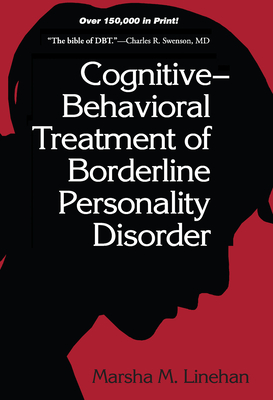
Cognitive-Behavioral Treatment of Borderline Personality Disorder (Diagnosis and Treatment of Mental Disorders) by Marsha M. Linehan, PhD, ABPP
I found the sections on invalidation to be incredibly validating and helped to explain my persistent triggers around invalidation. Buy it from a Black-owned book store!
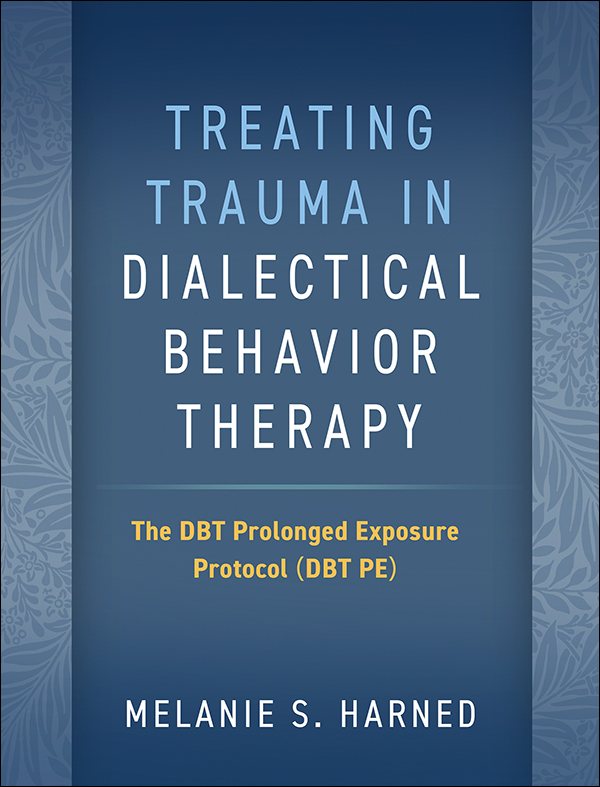
Treating Trauma in Dialectical Behavior Therapy: The DBT Prolonged Exposure Protocol (DBT PE) by Melanie S. Harned, PhD, ABPP
The handouts section contain a) the forms that I use for my exposure therapy, AND b) excellent graphics and tables explaining how trauma works. Buy it from a Black-owned book store!
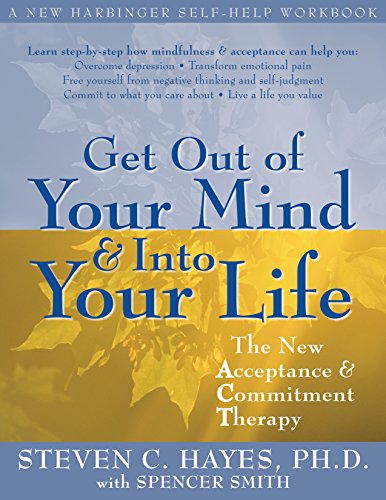
Get Out of Your Mind and Into Your Life: The New Acceptance and Commitment Therapy by Steven C. Hayes PhD, with Spencer Smith
I did several exercises from this book, and found the chapters on values (chapters 11, 12, and 13) particularly helpful. Buy it from a Black-owned book store!
Other worksheets
ACT values
The Complete Worksheets for The Confidence Gap by Russ Harris from TheHappinessTrap.com
Graphics
Emotion Wheel (E-Wheel)
Note: I did not develop the contents of this graphic. It is adapted from a graphic provided by Bob Goettle at Maple Leaf DBT, which itself was an alternative graphic to Emotion Regulation Handout 5 in Marsha Linehan’s DBT Skills Training Manual.
Coping Thoughts
Note: I did not develop the contents of these pages. “List of Coping Thoughts” is provided by Fairfax Behavioral Health Hospital. “Examples of Affirmations” is provided by Cascade Behavioral Health Hospital. My edits/additions are included in blue.
Misery With vs Without Mindfulness
Compared to not using mindfulness, using mindfulness will increase misery in the short term and decrease misery in the long term.
Wise Mind Venn Diagram
The DBT manual depicts Wise Mind as the intersection of Thinking (Rational) Mind and Emotion Mind. My first DBT instructor preferred the graphic below which depicts Wise Mind as a state that considers ALL of Thinking Mind and Emotion Mind.
The DBT manual includes short descriptions of each state of mind (denoted by *). The remaining descriptive text is from my own notes while in the DBT Skills Group led by Bob Goettle.
Competency Tiers
The four tiers of competency (left side of the diagram below) were first labeled by Martin M. Broadwell in “Teaching for learning (XVI)”, 1969. I’ve added my own notes within the pyramid and to the right. The tiers of competency are useful to understand our experience of each tier for a given skill (i.e. our confidence, our comfort level).
Pros and Cons grid
The generic version of the Pros and Cons grid adapted from the DBT manual.
The Pros and Cons grid from the DBT manual filled out with my personal pros and cons for my crisis urge of self-harming.
The Pros and Cons grid from the DBT manual filled out with my personal pros and cons for my urge of telling my parents that I have autism.
Exposure recording forms
The blank version of the standard DBT-PE exposure recording form adapted from Treating Trauma in dialectical Behavioral Therapy: The DBT Prolonged Exposure Protocol (DBT-PE) by Melanie S. Harned.
The exposure recording form as filled out in episode 24.
Diary cards
Diary card version I used during my first round of DBT skills group in 2016-2017. Adapted from the diary card provided by Bob Goettle at Maple Leaf DBT.
Diary card version that I currently use with my individual DBT therapist. Adapted from PsychSurveys. I use the website or app to fill out my diary card – the graphic is my rendering of that information. Note: the urges/target behaviors and effective behaviors are specific to what I want to track. You may have some overlap with these and may want to swap out or add other urges/behaviors.
Videos
Box breathing
I find box breathing super useful when I want to slow my breath down in the middle of anxiety or panic. The playback speed of the video can be adjusted to go even slower (adjust the playback speed via the settings gear icon).




